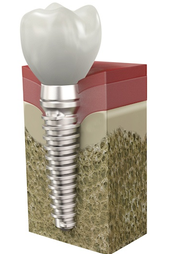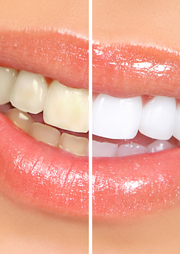Bruxism is the rhythmic activation of the muscles of mastication characterised by locking and/or grinding of the teeth and/or locking of the jaw. This condition may occur while the individual is asleep (sleep bruxism) or awake (awake bruxism).
Sleep bruxism may cause the typical sound of grinding teeth. Like in the case of snoring, it is often the partner of the person affected by bruxism who complains about the grinding sounds and reports the problem. The causes of sleep bruxism are unknown; stress and anxiety are two likely risk factors but conclusive evidence of this is, as of now, still lacking. Conversely, stress and anxiety are key determining factors for awake bruxism. Managing the stress affecting our lives becomes crucial in order to solve the problem.
Recent research has shown that sleep bruxism is the final event in a process of activation of the autonomic nervous system which may occur several times during sleep. During said processes of activation, the individual keeps sleeping without waking up, but some functions of his or her systems are triggered into action. More specifically, increases in brain activity, pulmonary ventilation, and heart rate are detected around one second before the rhythmic activation of the muscles of mastication occurs. If the episodes of bruxism (contraction of the muscles of mastication preceded by an increase in the individual’s heart rate) are fewer than two per each hour of sleep, the patient is normal. If there are between 2 and 4 occurrences per hour of sleep, the patient is a light bruxist. Instead, if the total number of episodes is higher than 4 per hour of sleep, the patient is a moderate to severe bruxist.
Around 18% of children are affected by sleep bruxism. The condition is also detected in 8-12% of adults, while only 3% of the elderly suffer from bruxism.
The consequences of bruxism include: tooth wear, fractures of the teeth or of dental restorations (fillings, crowns, etc.), fracture of implants, headaches, pain in the area of the face, limited opening of the mouth due to muscular pain or to the dislocation of the meniscus of the temporomandibular joint.
In several cases, bruxism is diagnosed on the basis of evident signs of wear, visible on the teeth. In actual fact, tooth wear is not necessarily related to the individual currently being affected by bruxism. The tissue of the teeth does not regenerate; therefore, if a patient used to grind his or her teeth 10 years ago, signs of this past habit will still be visible now. The most appropriate method to diagnose this condition is the so-called polysomnography. It is a very complex test which records all vital parameters during sleep and is performed in the sleep labs of neurology or pneumology departments, where the patient is asked to spend at least one night. However, long waiting lists and the fact that bruxism is not a life-threatening condition make polysomnography rather impractical for dental patients. Fortunately, there are now portable devices enabling a simple and non-invasive test to be performed at home. These devices record the activity of the patient’s masticatory muscles and heart for one night while the individual is sleeping in his or her bed (Bruxoff, www.bruxoff.com).
The treatment of bruxism aims to limit damage to the teeth, muscles, and temporomandibular joint through the use of personalised bite splints. The splints sold in pharmacies or sporting goods shops protect the teeth but cannot help the muscles and temporomandibular joint.









